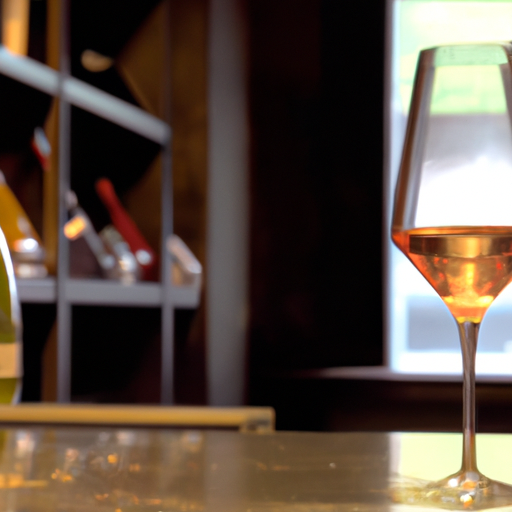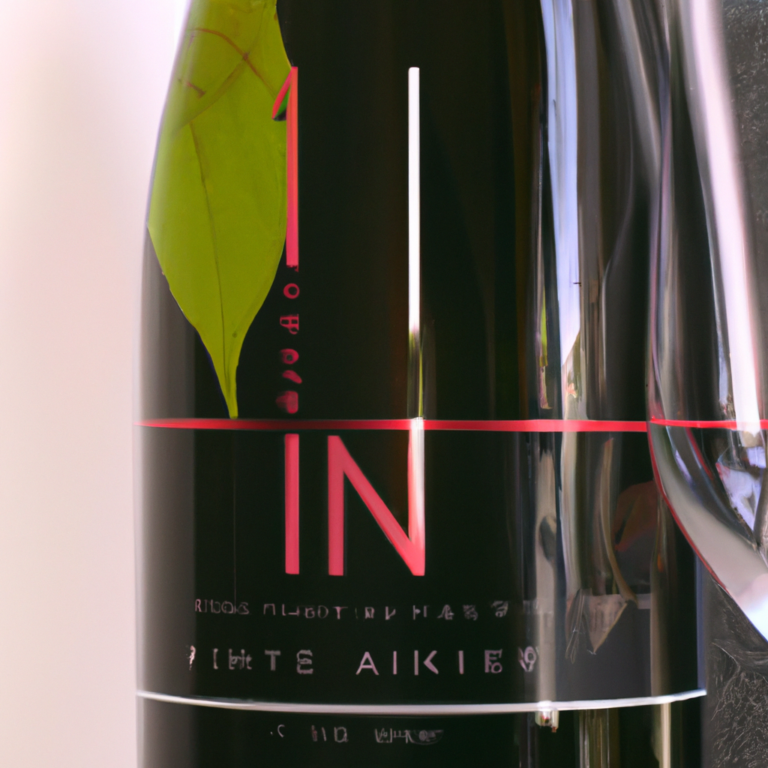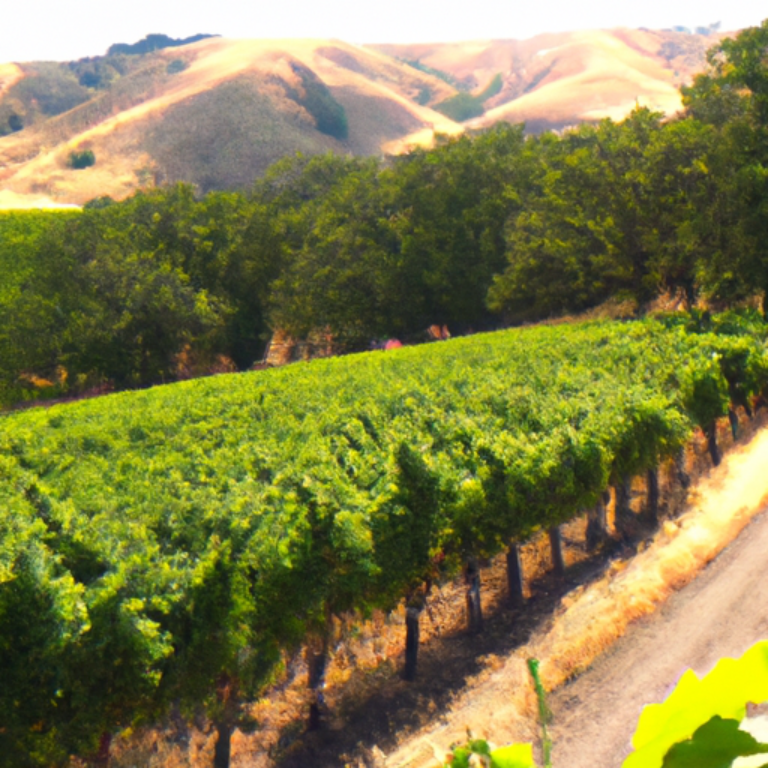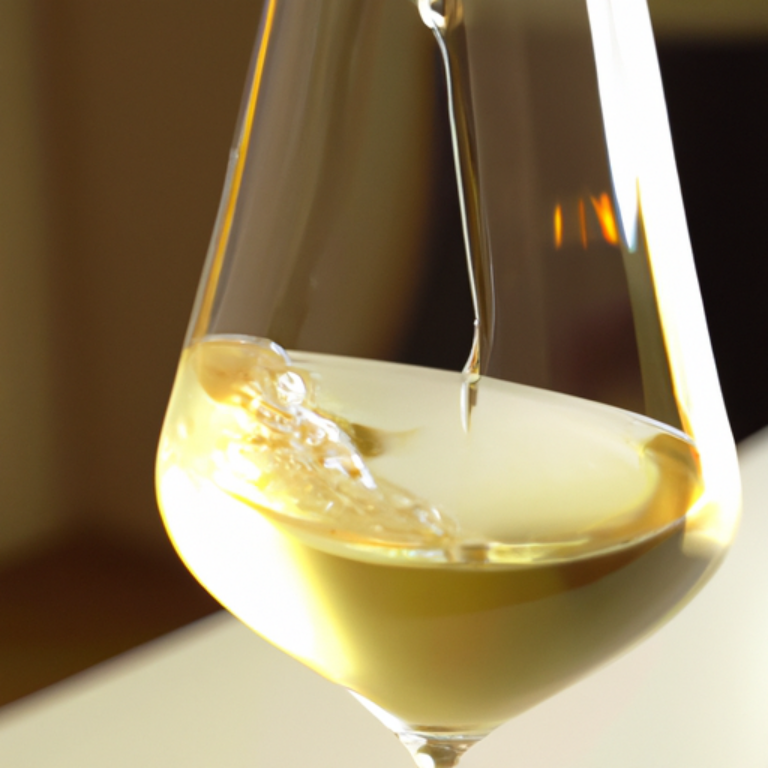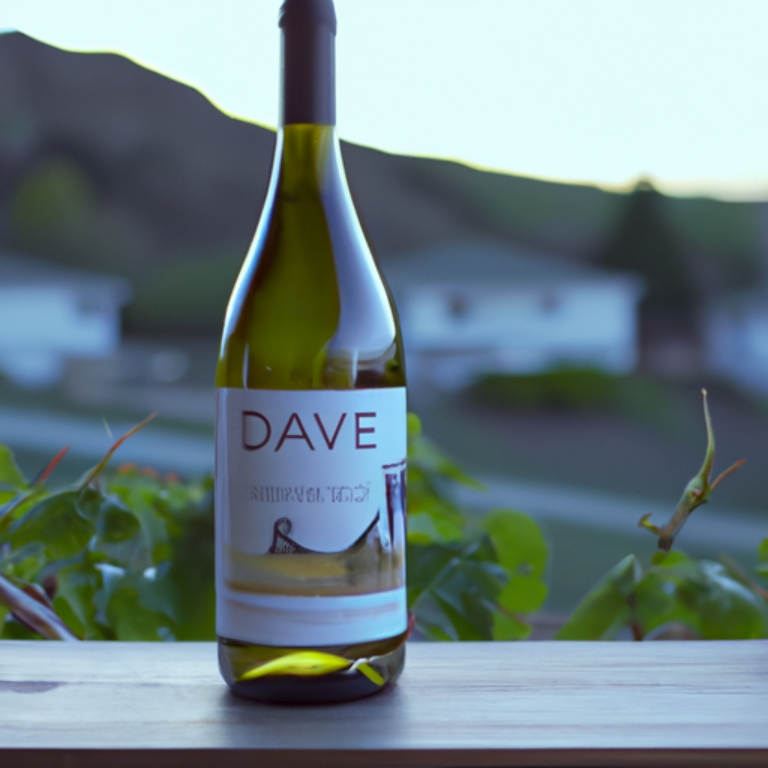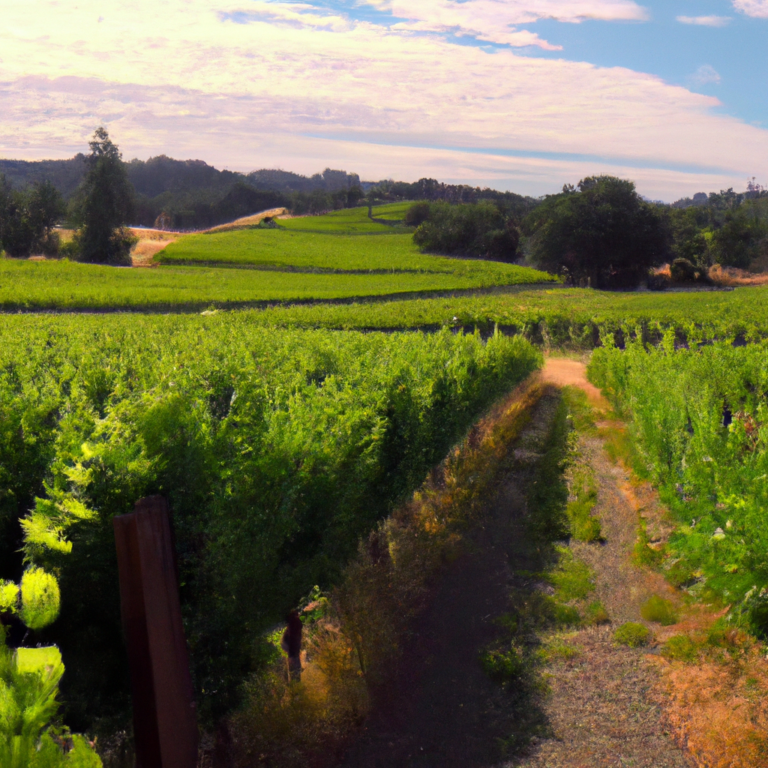Mastering the Art of Wine Tasting: Unveiling the Five S’s
The Importance of Sight in Wine Tasting: Understanding the Visual Cues
Wine tasting is an art that requires a keen sense of observation and an understanding of the various elements that contribute to the overall experience. One of the key aspects of wine tasting is the visual examination of the wine, which provides important clues about its quality and characteristics. In this article, we will explore the importance of sight in wine tasting and delve into the visual cues that can be observed.
When it comes to wine tasting, the first impression is often formed by the appearance of the wine in the glass. The color of the wine can reveal a lot about its age, grape variety, and even the winemaking process. For example, a young red wine will typically have a vibrant, purple hue, while an older red wine will have a more brick-like color. Similarly, white wines can range from pale straw to golden yellow, with the shade indicating the level of oak aging.
To fully appreciate the visual cues of a wine, it is important to examine it in a well-lit environment against a white background. This allows for a clear view of the wine’s color and clarity. Holding the glass at a slight angle and tilting it against a white surface helps to highlight any sediment or particles that may be present. Sediment can indicate that the wine has not been filtered or fined, which can affect its texture and flavor.
In addition to color and clarity, the viscosity or “legs” of the wine can also be observed. Swirling the wine in the glass and then observing how it clings to the sides can provide insights into its alcohol content and body. Wines with higher alcohol content tend to have more pronounced legs, while lighter-bodied wines will have thinner, less defined legs.
The visual examination of a wine can also reveal important information about its condition and potential faults. For example, a wine that appears cloudy or hazy may indicate a problem with the winemaking process or storage conditions. Similarly, a wine that has a brownish tint or shows signs of oxidation may have been exposed to excessive heat or air, which can negatively impact its flavor and aroma.
Furthermore, the color of the wine can give clues about its grape variety. For instance, red wines made from Cabernet Sauvignon grapes tend to have a deep, dark color, while Pinot Noir wines are lighter in color and have a more translucent appearance. White wines made from Chardonnay grapes can range from pale straw to golden yellow, while Sauvignon Blanc wines are typically lighter in color with a greenish tint.
In conclusion, the visual examination of a wine is an essential part of the wine tasting experience. The color, clarity, viscosity, and other visual cues can provide valuable insights into the wine’s age, grape variety, winemaking process, and potential faults. By mastering the art of sight in wine tasting, one can enhance their overall appreciation and understanding of this complex and fascinating beverage. So, the next time you pour yourself a glass of wine, take a moment to observe its visual cues and let them guide you on a sensory journey of taste and aroma.
Enhancing Your Wine Tasting Experience: The Role of Smell and Aromas

Enhancing Your Wine Tasting Experience: The Role of Smell and Aromas
When it comes to wine tasting, many people focus solely on the taste of the wine. However, the sense of smell plays a crucial role in fully experiencing and appreciating the complexities of a wine. By understanding the importance of smell and aromas, you can elevate your wine tasting experience to new heights.
The first step in mastering the art of wine tasting is to understand the five S’s: see, swirl, sniff, sip, and savor. Each of these steps is essential in fully experiencing a wine, and the second step, swirl, is where the role of smell and aromas truly comes into play.
Swirling the wine in your glass allows oxygen to interact with the wine, releasing its aromas. This step is crucial because the aromas of a wine can provide valuable information about its quality, age, and origin. By taking the time to swirl your wine, you are allowing the aromas to fully develop and become more pronounced.
Once you have swirled your wine, it is time to bring the glass to your nose and take a deep sniff. This step is where the true magic happens. The aromas that you detect can range from fruity and floral to earthy and spicy, depending on the type of wine. By paying attention to these aromas, you can gain insight into the wine’s characteristics and flavors before even taking a sip.
To fully appreciate the aromas of a wine, it is helpful to have a basic understanding of the different categories of smells that can be present. Primary aromas are derived from the grape variety itself and can include scents like citrus, berries, or tropical fruits. Secondary aromas are a result of the winemaking process and can include scents like vanilla, toast, or butter. Lastly, tertiary aromas develop over time as the wine ages and can include scents like leather, tobacco, or dried fruits.
As you take in the aromas of a wine, it is important to note any specific scents that you detect. This can be challenging at first, but with practice, you can train your nose to identify different aromas more easily. It can be helpful to keep a wine aroma wheel handy, which provides a visual representation of the different aromas that can be found in wine.
Once you have taken the time to appreciate the aromas of a wine, it is finally time to take a sip. By now, your taste buds are primed and ready to fully experience the flavors of the wine. However, it is important to note that the aromas you detected earlier will also play a role in the overall taste experience. The aromas can enhance or complement the flavors of the wine, providing a more well-rounded and enjoyable tasting experience.
After you have taken a sip, take a moment to savor the wine. Pay attention to the flavors that you detect and how they evolve on your palate. The combination of aromas and flavors creates a symphony of sensations that can be truly remarkable.
In conclusion, the role of smell and aromas in wine tasting cannot be overstated. By taking the time to appreciate the aromas of a wine, you can gain valuable insights into its characteristics and flavors. The next time you find yourself with a glass of wine in hand, remember to take a moment to swirl, sniff, and savor. Your taste buds will thank you.
Mastering the Art of Wine Tasting: Unveiling the Secrets of Taste and Flavor
Mastering the Art of Wine Tasting: Unveiling the Five S’s
Wine tasting is an art that requires practice, patience, and a keen sense of observation. It is not just about sipping a glass of wine; it is about understanding the nuances of taste and flavor that each wine possesses. To truly appreciate and enjoy wine, one must learn the five S’s of wine tasting: See, Swirl, Smell, Sip, and Savor.
The first step in wine tasting is to See the wine. Hold the glass up to the light and observe its color and clarity. A white wine can range from pale straw to golden yellow, while a red wine can vary from light ruby to deep purple. The color of the wine can give you clues about its age and grape variety. Take note of any sediment or bubbles present in the wine, as these can also indicate its quality.
After observing the wine, it is time to Swirl it in the glass. Gently rotate the glass in a circular motion, allowing the wine to come into contact with the sides of the glass. This action helps to release the wine’s aromas and oxygenate it, enhancing its flavors. Swirling also creates what is known as the “legs” or “tears” on the side of the glass, which can indicate the wine’s alcohol content and viscosity.
Next, bring the glass to your nose and Smell the wine. Take a moment to inhale deeply and identify the various aromas present. Wine can have a wide range of scents, from fruity and floral to earthy and spicy. Try to pick out specific aromas, such as citrus, berries, vanilla, or tobacco. The smell of a wine can give you valuable information about its grape variety, region, and winemaking techniques.
Now it is time to Sip the wine. Take a small sip and let it coat your entire mouth. Pay attention to the wine’s texture, acidity, and tannins. Is it light-bodied or full-bodied? Is it crisp and refreshing or smooth and velvety? Does it leave a dry or sweet sensation on your palate? Take note of these characteristics as they contribute to the overall taste and mouthfeel of the wine.
Finally, Savor the wine. Allow it to linger in your mouth and take note of the flavors that develop. Is it fruity, oaky, or spicy? Does it have a long or short finish? The aftertaste of a wine can reveal its complexity and quality. Take your time to fully appreciate and enjoy the flavors that unfold on your palate.
Mastering the art of wine tasting takes time and practice. It is important to taste a variety of wines from different regions and grape varieties to develop your palate. Keep a wine journal to record your observations and preferences, as this will help you refine your tasting skills over time.
Remember, wine tasting is a subjective experience, and everyone’s palate is unique. What one person may love, another may dislike. The key is to trust your own senses and preferences. With practice and knowledge, you can become a connoisseur of wine, able to appreciate and enjoy the complexities and nuances that each bottle has to offer.
In conclusion, the five S’s of wine tasting – See, Swirl, Smell, Sip, and Savor – are essential steps in mastering the art of wine appreciation. By following these steps and honing your tasting skills, you can unlock the secrets of taste and flavor that lie within each glass of wine. So, grab a glass, pour yourself a taste, and embark on a journey of discovery and enjoyment. Cheers!

